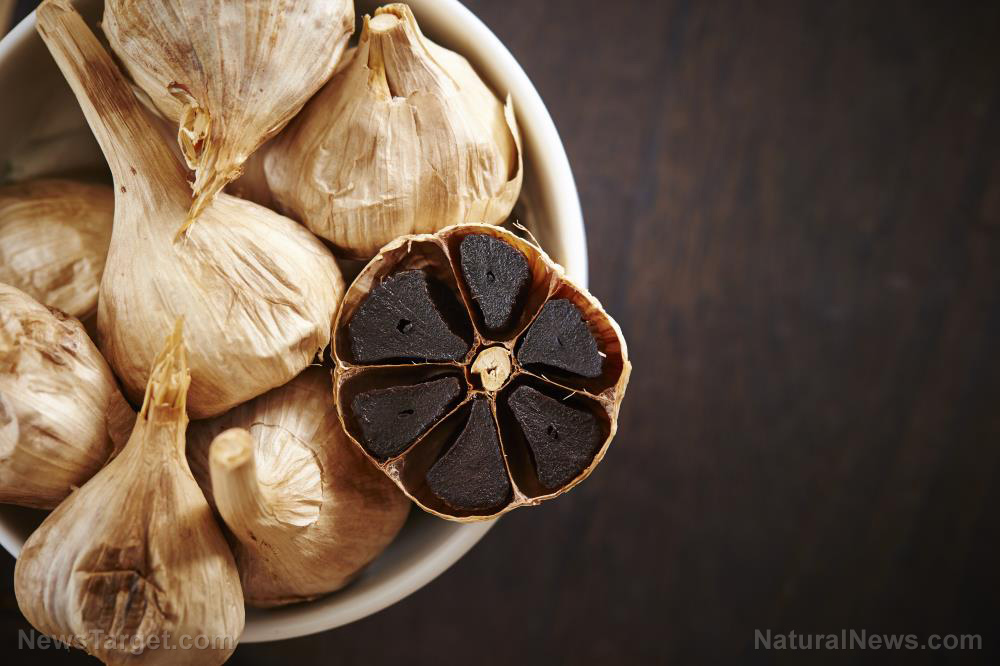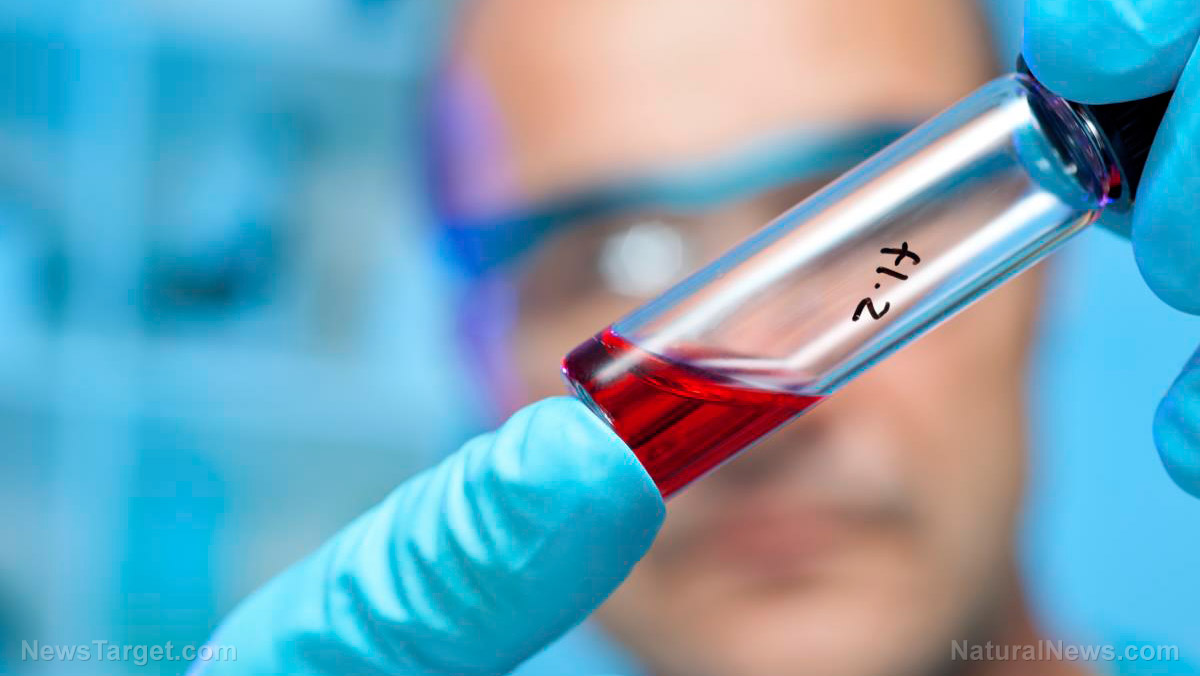
Hypercholesterolemia may sound like it's straight out a medicine book; however, most people are familiar with its more common term -- high cholesterol levels. The condition is marked by elevated levels of total cholesterol, which includes both low-density lipoprotein (LDL)-cholesterol and high-density lipoprotein (HDL)-cholesterol. It's also called dyslipidemia since reduced HDL-cholesterol levels and increased triglycerides accompany it. People with high cholesterol, for the most part, don't have noticeable symptoms of their condition. It's when it progresses to severe atherosclerosis -- a disease where cholesterol clogs the arteries and restrict blood flow -- that symptoms appear.
If high cholesterol isn't treated, it can result in life-threatening complications such as heart attack, stroke, peripheral vascular disease, and even sudden death. The Centers for Disease Control and Prevention estimates that 1 in 3 American adults has high cholesterol levels. It's also a risk factor for two leading causes of death in the U.S., namely, heart disease and stroke.
In the study, the team evaluated both raw and garlic extracts on their ability to reduce the effects of lipid oxidation and oxidating stress — the presence of the two means that there is an imbalance between free radicals and antioxidants in the body. If there are more free radicals than antioxidants in the body, it can cause large chain reactions in the body. In particular, these free radicals can react with lipids such as triglycerides and cause cell damage. These can result in a range of complications, such as chronic inflammation; diabetes; neurodegenerative diseases, such as Parkinson's and Alzheimer's; and, cardiovascular disease, including heart disease and atherosclerosis.
The study used a randomized, double-blinded design for its clinical trial. The trial, which ran for 13 weeks, involved 41 participants, all of whom suffered from high cholesterol. The participants were randomly assigned to receive either aged or raw garlic extracts, which they took daily. The team extracted blood from the participants before and after the trial to study the efficacy of both extracts. The team found that both extracts significantly reduced biological markers for lipid oxidation and oxidative stress. However, aged garlic decreased markers such as lipid hydroperoxides and F2-isoprostanes -- something that raw garlic didn't do. Aged garlic extract also had more phenolic and S-allyl cysteine contents than raw garlic extract. S-allyl cysteine, in particular, is a more stable derivative of allicin which has anti-diabetes, antioxidant, and anti-inflammatory properties.
From these findings, the researchers concluded that aged garlic extract is a potent agent for managing cholesterol for people with hypercholesterolemia. (Related: Prevent artery hardening and calcium buildup with aged garlic.)
More on aged garlic
Aged garlic and raw garlic are like night and day -- especially if you placed them side by side. In terms of its nutritional value, however, aged garlic has the edge over its more famous counterpart. It has more antioxidants than raw garlic and contains seven times more polyphenols.
Aged garlic is also one of the healthier supplements available, as it's made from careful fermentation, which also gives it its black color. In some areas, aged garlic is called black garlic because of this. It's known for its antioxidant properties; however, aged garlic can be used to treat other conditions, including alcohol-induced liver damage, inflammation, and even allergy attacks.
Here's a simple way to make your own aged garlic at home. (h/t to TheNaturalMan.net.)
What you'll need:
- 5–6 cloves of organic garlic
- 1 canning jar
- Raw apple cider vinegar
- ½ teaspoon of organic oregano
How to do it:
- Remove the all the cloves from the bulb and peel.
- Put whole peeled cloves into the canning jar.
- Pour raw apple cider vinegar into the jar until the cloves are covered, then add oregano.
- Cover the canning jar and shake. This ensures that the garlic and oregano are mixed thoroughly.
- Place in a cool, dark place -- away from sunlight. "Burp" the lid every day to release gas buildup.
- Garlic should be aged at a minimum of three weeks before consumption. Once the garlic has aged, it should smell pleasant, thanks to the mixture of apple cider vinegar, garlic, and oregano.
If you get your hands on some, store it in an airtight container. This prevents moisture from affecting aged garlic and extends its shelf life.
Learn more about the benefits of aged garlic extracts at SupplementsReport.com.
Sources include:
Please contact us for more information.




















